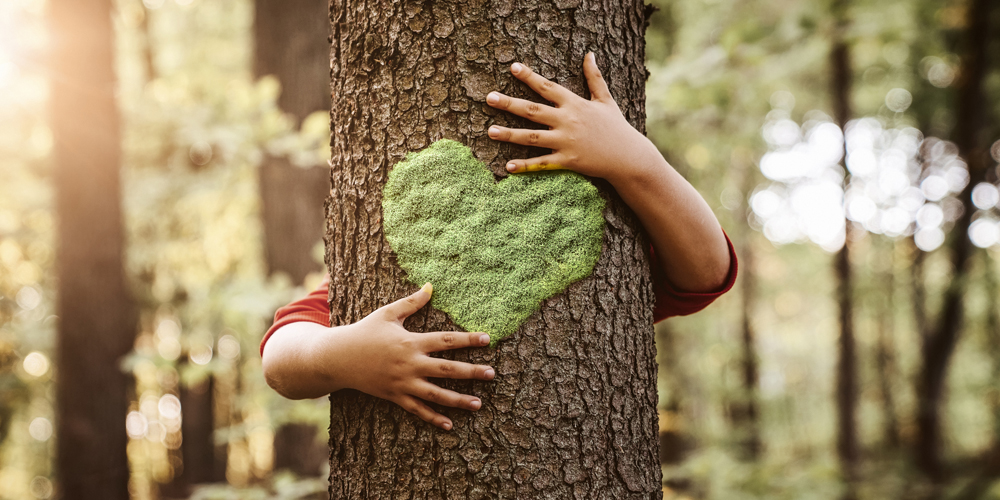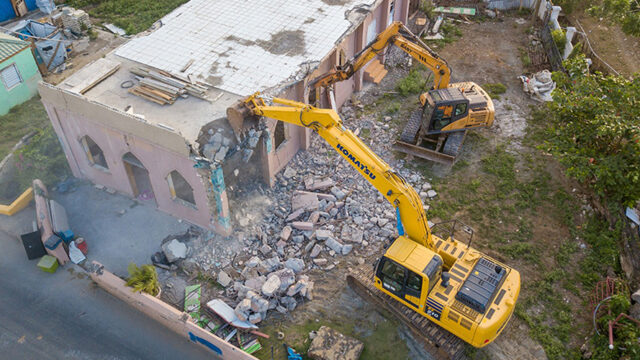For Adventists, Earth Day should be a time to reflect and value ‘God’s second book.’

Going on Saturday (Sabbath) walks and appreciating nature — God’s second book — are longstanding elements of Seventh-day Adventist culture. Should this appreciation impact the way members care for the environment? And can it bring them closer to God?
“Adventism [in its early years] was more outdoorsy, because the culture back then was more connected with the [nature] around them,” says John Henri Rorabeck, a naturalist and educator. “[But] Ellen White and her contemporaries were [also] really pushing the boundaries and really leading.”
The Adventist health message, which includes getting lots of fresh air and sunshine and spending time in nature, was a counterculture message in a time when the sick and invalid were kept in dark, musty rooms, something that would be unthinkable today, he says.
While elements of this view remain in Adventist culture, Rorabeck laments that the conversations about eco-responsibility happening in the church now are about five or ten years behind most scientists and nature lovers.
“We need to be leading the way in caring for the rest of the planet and showing them how we can make a difference in sustainability and health by getting outside,” adds Rorabeck, a member of the Chesapeake Conference’s New Hope church in Fulton, Maryland, United States. There have been many studies which show that “spending time in nature, [in fresh air and sunshine], even viewing pictures of nature or listening to sounds of nature, can positively impact people’s health,” he says.
This extends even to spiritual health. “Connecting with the creation that God has made clearly brings us back to Who made us,” Rorabeck says. “The more we connect with what God has made straight from the source, the more we’re going to get to know God.”
Rorabeck, who studied religion and adventure-based youth leadership, finds cultivating an appreciation for creation is important. “As an educator, I’m able to, quoting Ellen White, ‘impress upon their minds the fact that if God cares so much for the trees and flowers, He will care much more for the creatures formed in His image’ ” (The Adventist Home, p. 223).
If you want to take care of this earth, learn how to live in it with minimal impact, Rorabeck continues. Turn off the water while brushing your teeth. Turn off the lights after you leave a room. Stay on the hiking trails. Don’t litter, and clean your recycling items before you toss them. These are ways to take care of the world in which we live.
He adds, “How we treat creation shows what we think of the Creator. How we act toward nature shows our true nature.”
A Call for Earth Stewards
Olive Hemmings, a professor in the Department of Religion at Washington Adventist University in Takoma Park, Maryland, shares that Psalm 8 (and the Genesis account of creation) “offers praise for making humanity a little lower than God and then giving them dominion over all the works of God’s hands. To be made in God’s image is to love and care as God loves and cares for creation.”
She adds that sin marred creation and that the curse in Genesis 3:14–19 is a description of what happens as a result of human transgression. “Instead of being stewards and caretakers over each other in the created order, humanity has resorted to the ‘survival of the fittest’ mode of existence. In short, the current environmental crisis is symptomatic of the sin culture — the culture of domination. We live in competition among ourselves and with the rest of creation, pillaging, plundering, exploiting and oppressing each other as we vie for domination, as though we are no better than the beasts of the wild.”
But, Hemmings says, “the earth has been given to us to care for, not for us to mess up and then evacuate. If we do not care for this awesome gift of God to us, how can we be good stewards in heaven?”
The original version of this commentary was posted by the Columbia Union Visitor.








